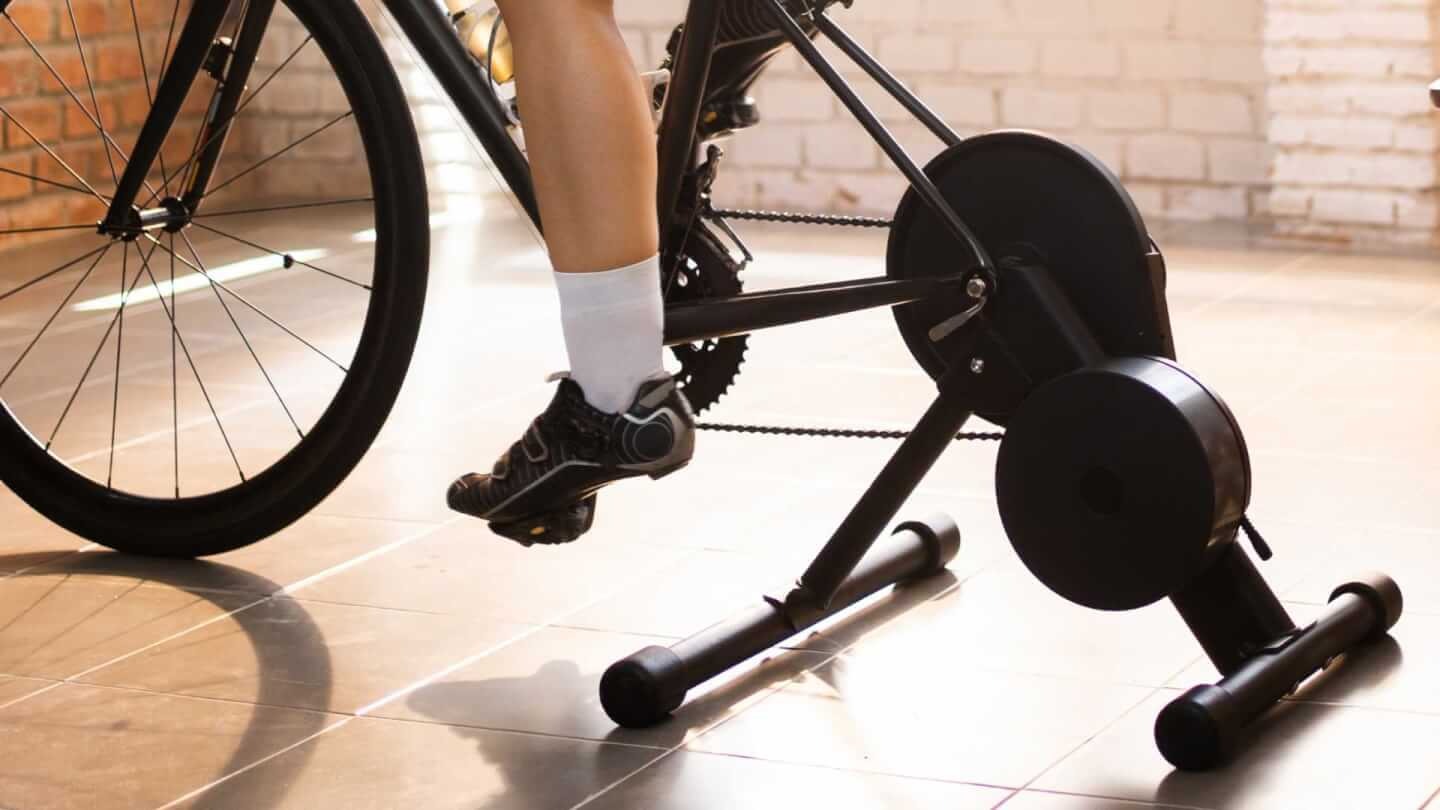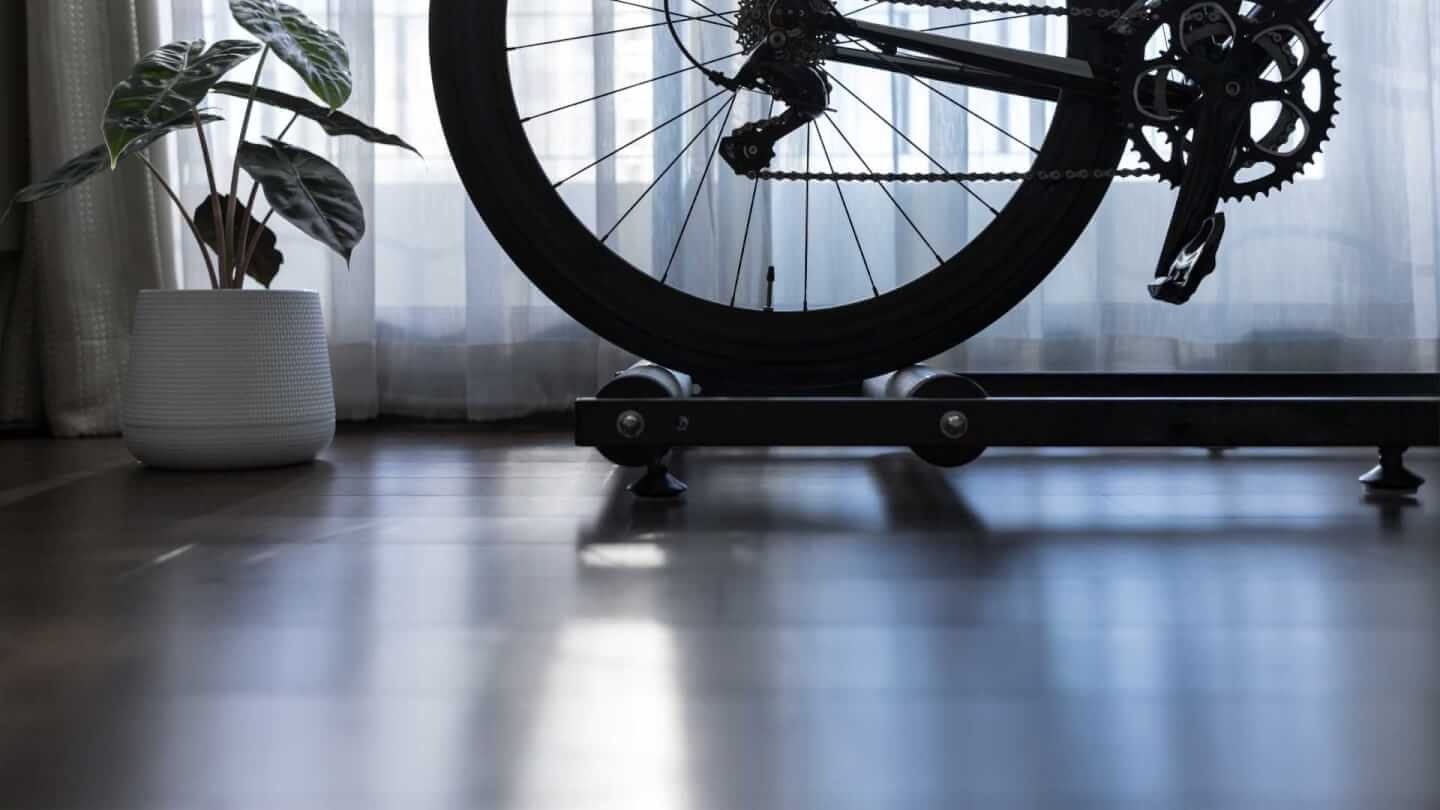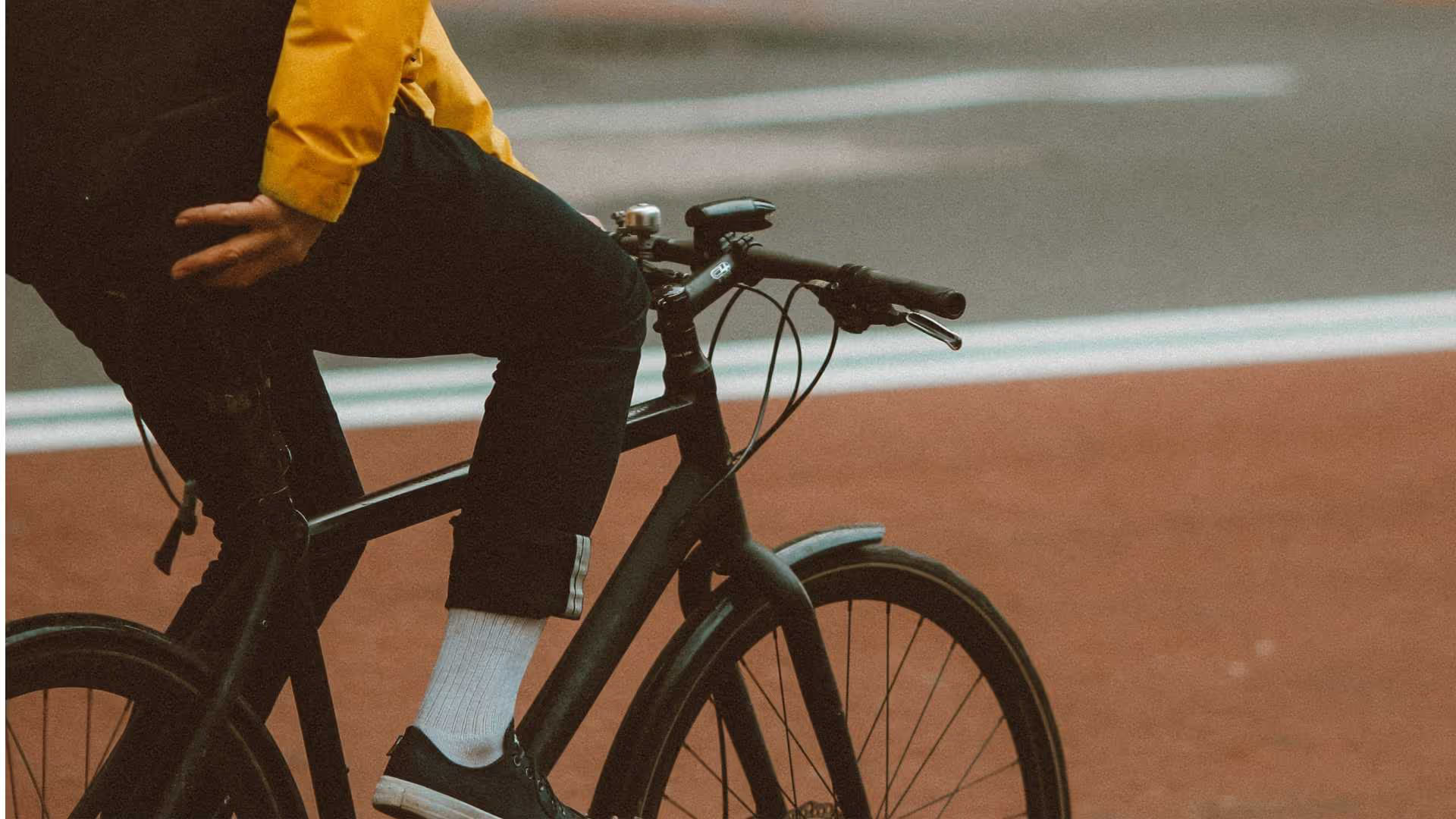How to choose a turbo trainer
Turbo trainers, smart trainers, indoor trainers, whatever you call them, they’re game changers when it comes to training during the colder months. With so many different options out there, it’s difficult to decide which is best for you. We’ve taken a closer look at some of our favourite trainers to help make your decision easier and winter a lot warmer.

Turbo trainers, smart trainers, indoor trainers, whatever you call them, they’re game changers when it comes to training during the colder months. With so many different options out there, it’s difficult to decide which is best for you. We’ve taken a closer look at some of our favourite trainers to help make your decision easier and winter a lot warmer.
Types of Turbo trainers:
There are three common types of indoor trainers.
Direct-drive trainers
Direct-drive trainers involve removing your bicycle’s rear wheel and attaching the bike to the trainer via the rear dropouts. These trainers require a cassette and sometimes a power source. These smart trainers will connect to indoor cycling apps like Zwift and TrainerRoad via Bluetooth or ANT+. They offer a realistic road feel and data features like power and cadence. Direct-drive trainers are typically more expensive but more accurate and quieter than other turbo trainers.

Direct Drive Smart Trainer
Wheel on / Friction trainers
These turbo trainers require almost no set-up as you clamp your bike into these via the rear axle, and your rear wheel sits on a roller drum that provides resistance. These come in a smart trainer and a “dumb”/old-school version. They’re typically more affordable than direct-drive trainers but can wear out your bike’s tyres quickly and may require you to purchase a trainer tyre.

Wheel On/ Friction Trainer
Rollers
The most basic of indoor trainers, where your bicycle sits on top of 3 rollers. These are great for refining skills and pedal strokes as you are required to balance yourself whilst riding on rollers. They are commonly used for pre-race warm-ups and cool-downs. Rollers are available in the most basic form, as well as with all the bells and whistles with third-party app compatibility.

Rollers
Smart or dumb trainer:
A smart trainer is a trainer that communicates power data with a training app or virtual riding platform. These trainers send your data to the app and automatically adjust the resistance to simulate terrain changes. A “dumb” trainer is an old-school trainer without Bluetooth connectivity and power features. Smart trainers are typically more expensive but offer more features.
Factors to consider:
Compatibility:
Making sure your bike and new trainer are compatible is crucial if you ever want to use the trainer. Your trainer must accommodate your bike’s wheel size and axle type. Most trainers allow for various setups and offer adaptors. Ensure that your trainer either comes with the correct adaptors or has adaptors available for purchase. If you’re investing in a direct-drive trainer, you must choose the correct cassette for your bike. Double-checking these things before you purchase a trainer can save you a lot of hassle later.
Budget:
Turbo trainers range from a couple of hundred pounds to over £1000. You can also pick up a second-hand one for a fraction of the cost on eBay, Gumtree and even Facebook marketplace. Consider what you want out of the trainer when considering your options. Also, remember that a trainer is an investment and, if bought correctly, will be a constant companion for many cold and rainy days.
Warranty and support:
Picking a trainer brand with a good warranty and in-country support will make your life much easier if something goes wrong. It’s no use buying a trainer from out of the country only for it to break two months later and leave you out of pocket and without a trainer. Although most of the popular trainers are very durable and can withstand a lot, a good warranty means that if something goes wrong, you’ll have the support you need. Choosing a trainer with in-country support will allow you to contact customer services for any questions you might have, replacement parts or issues.
Some other things to consider when choosing your trainer are storage space and noise levels. If you live in a small flat or have limited space, you’ll want a trainer that can easily be packed away. Consider a wheel-on trainer like the Tacx Boost Turbo or an Elite Directo Direct drive trainer that folds up and can be stored somewhere when not in use. If you have a dedicated pain cave or space where your trainer can stay set up permanently,, you’ll love the Tacx Flux or the Wahoo Core
Leisure Lakes, Balfes and Evans Cycles have extensive ranges of turbo trainers available online and in-store.
Noise is a big one, if you live in an apartment or have housemates that like to get some sleep early in the morning. Buying a noisy trainer and firing it up at 5:30 on any morning will not make you very popular and could definitely lead to tension among the house’s residents. Most trainers are pretty quiet; however, direct-drive trainers are generally less noisy than their wheel-on counterparts.
We know that riding indoors, you’re protected from cars and other hazards; however, with indoor technology improving rapidly, we wouldn’t judge you if you forgot you were on the turbo and tried to turn a corner on Zwift, ending up in you lying on the ground. We know we’ve had a few almost “crashes” on the turbo!
Get a quick obligation- free bicycle insurance quote here
Frequently Asked Questions
What's the difference between a smart trainer and a "dumb" trainer?
A smart trainer communicates power data with training apps and virtual riding platforms like Zwift and TrainerRoad. It sends your data to the app and automatically adjusts resistance to simulate terrain changes. A "dumb" trainer is an old-school trainer without Bluetooth connectivity or power features. While smart trainers are typically more expensive, they offer significantly more features and a more interactive training experience.
Which type of turbo trainer is quieter - direct-drive or wheel-on?
Direct-drive trainers are generally less noisy than wheel-on trainers. This is an important consideration if you live in an apartment or have housemates, especially if you plan to train early in the morning. Direct-drive trainers are also typically more accurate than other turbo trainers, though they do come at a higher price point.
What should I check for compatibility before buying a turbo trainer?
You need to ensure your trainer accommodates your bike's wheel size and axle type. Most trainers offer various setups and adaptors, so check that your trainer either comes with the correct adaptors or has them available for purchase. If you're investing in a direct-drive trainer, you must also choose the correct cassette for your bike. Double-checking these compatibility factors before purchase can save you a lot of hassle later.




